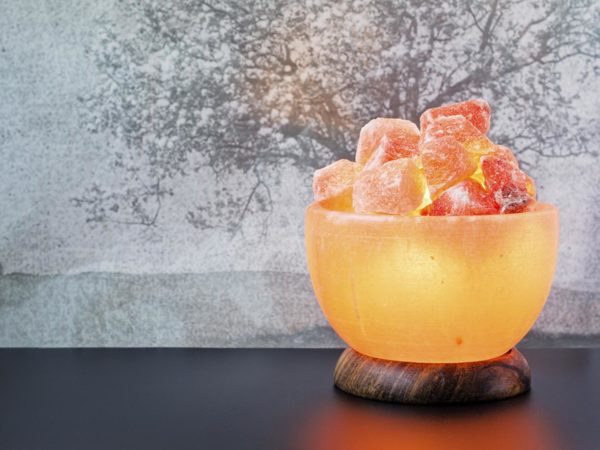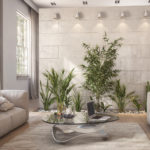Are Himalayan Salt Lamps Worthwhile?
What do you think of Himalayan salt lamps? I’ve heard that they provide health benefits and can clear indoor air of “electro-smog” from all the electronic devices we use.
Andrew Weil, M.D. | July 30, 2024

Himalayan salt lamps are made from large rock crystals of salt mined in Pakistan and India in the vicinity of the Himalayas. The crystals are usually orange or pink but can range from off-white to dark brown. Carved into lamps, they can be lit from within using a light bulb or candle. These give out an attractive, soothing light and have been credited with providing various health benefits including the elimination of the “electro-smog” you mention. Retailers also tout their production of “positive energy” in the form of negative ions that supposedly bring oxygen to the brain, reduce indoor pollution, boost the immune system and cure seasonal affective disorder (SAD).
There is no scientific evidence to support any of these assertions, however, or to suggest that salt lamps actually produce any charged particles.
The claim that the salt lamps release negative ions responsible for the purported health benefits may sound scientifically plausible, particularly if you’re aware that these ions are naturally produced by waterfalls and ocean waves, for example – and may explain why we often feel good in these settings. Positive ions produced by electronic devices seem to have the opposite effect, generating anxiety and stress.
If you perform an internet search for “negative ions,” you’ll see all manner of devices promoted to improve your health. Most are scams. I’ve written on this site about ionic detoxifying footbaths supposedly capable of relieving all manner of physical complaints. Like most other ion-generating devices, the footbaths don’t work.
Bogus products aside, a few small studies have indicated that negative ionization can be beneficial to health in specific circumstances. For example, a 2006 study from the New York State Psychiatric Institute indicated that high-density ionization can be a useful alternative to bright light therapy for people with seasonal affective disorder (SAD). Another small study (only 12 participants) from Japan published in 2002 showed that exposure to negative ions reduced stress and anxiety in women engaged in a taxing computer chore.
If you want to bring a Himalayan salt lamp into your home, choose one for its decorative value, not because you expect it to produce negative ions or improve your health.
Andrew Weil, M.D.
Sources:
M. Terman and J.S. Terman, “Controlled trial of naturalistic dawn simulation and negative air ionization for seasonal affective disorder.” American Journal of Psychiatry, March 2007.
H. Nakane et al, “Effect of negative air ions on computer operation, anxiety and salivary chromogranin A-like immunoreactivity.” International Journal of Psychophisiology, October 2002.
Originally Published August 2015. Updated July 2024.














